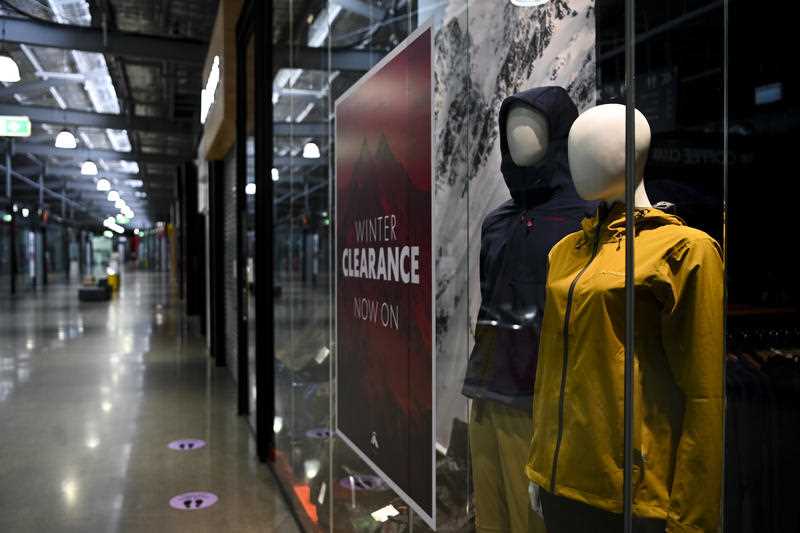Retail spending is expected to take another big hit when August figures are released this week, reflecting the impact of having the nation’s two most populous states in lockdown fighting the coronavirus Delta variant.
Retail spending has been declining since June when it dropped by 1.8 per cent, followed up by a 2.7 per cent fall in July.
Forecasts by economists centre on a two per cent decline in the August retail trade figures from the Australian Bureau of Statistics on Tuesday.
However, these predictions range from a 1.5 per cent fall to a four per cent slump.
COVID-19 restrictions intensified in August with NSW remaining in lockdown, Victoria moving back into shutdown and the ACT also closing down.
It adds to expectations of a sharp economic contraction in the September quarter with domestic consumption accounting for around 60 per cent of economic growth.
Meanwhile, figures for August building approvals on Thursday are expected to see another five per cent decline after a hefty 8.6 per cent drop in July as the benefit from the federal government’s successful HomeBuilder program continues to unwind.
The week finishes with reports on house prices and mortgage lending on Friday.
Westpac economists expect the CoreLogic home value index will rise by a further 1.4 per cent for September, down a fraction from the 1.5 per cent gain seen in August.
House prices were growing at their fastest annual pace since 1989 in August, although there are signs of the the boom finally coming off the boil due to affordability constraints.
Mortgage demand is also expected to see a two per cent fall when the ABS releases lending figures for August.
The bosses of Commonwealth Bank and ANZ told federal politicians at a hearing last week they are becoming increasingly concerned about Australia’s heated housing market and are taking a more cautious approach to lending.
Australian shares look set for a steady start to the week, stabilising after succumbing to three consecutive weeks of declines.
A narrowly mixed result on Wall Street on Friday helped to stop the rot, at least for now.
The US S&P 500 rose 6.50 points, or 0.1 per cent, to 4455.48 and is now within 1.9 per cent of the all-time high it set on September 2.
The Dow Jones Industrial Average added 33.18 points, or 0.1 per cent, to 34,798, while The Nasdaq slipped 4.54 points, or less than 0.1 per cent to 15,047.70.
In Australia, the benchmark S&P/ASX200 index closed Friday lower by 27.6 points, or 0.37 per cent, to 7342.6.
By Colin Brinsden, AAP Economics and Business Correspondent in Canberra



